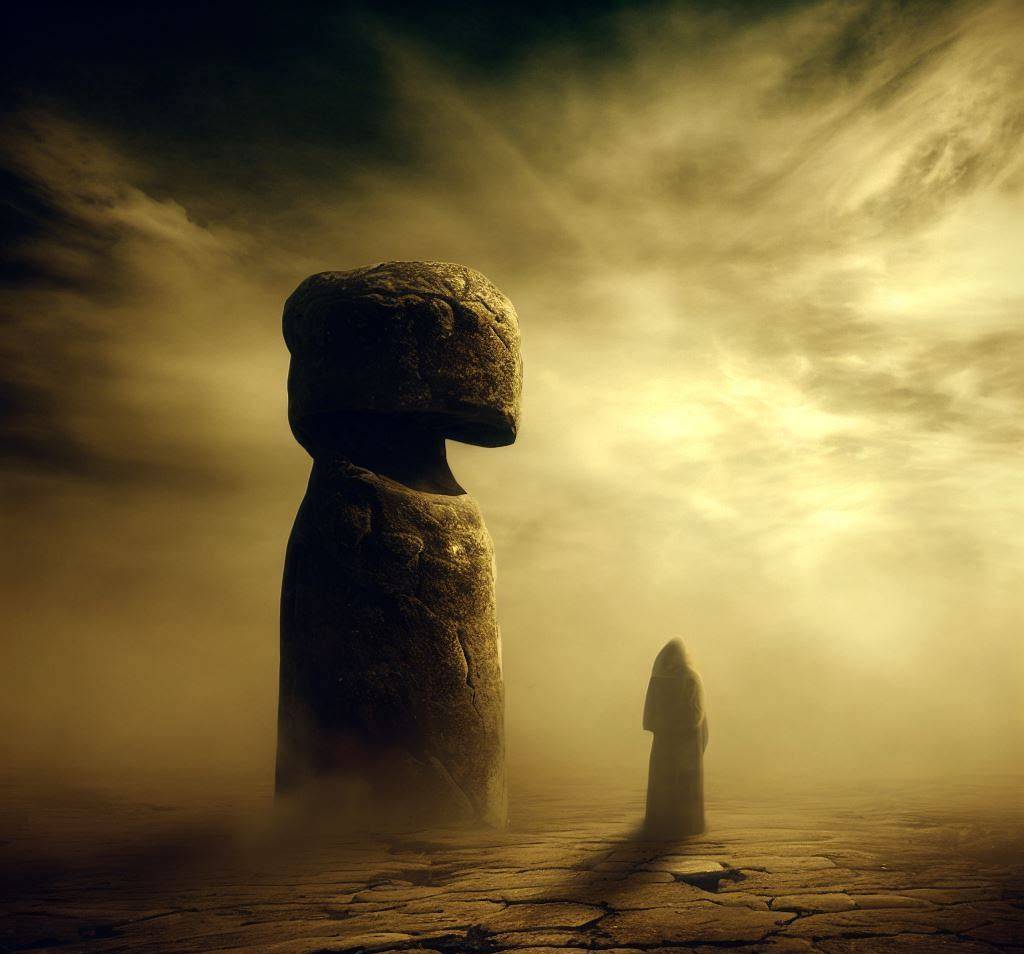A Journey to the Lost Worlds makes you feel like an explorer as you discover the secrets and mysteries of ancient civilizations. You will see the fantastic ruins and monuments they built and learn about their culture and history.
From the majestic ruins of Machu Picchu to the legendary tale of Atlantis, and from the enigmatic Nazca Lines to the awe-inspiring Egyptian pyramids and the haunting Moai statues of Easter Island, let’s unearth the secrets that these fascinating ancient cultures of Lost Worlds have left behind.
The Mysterious Ruins of Machu Picchu
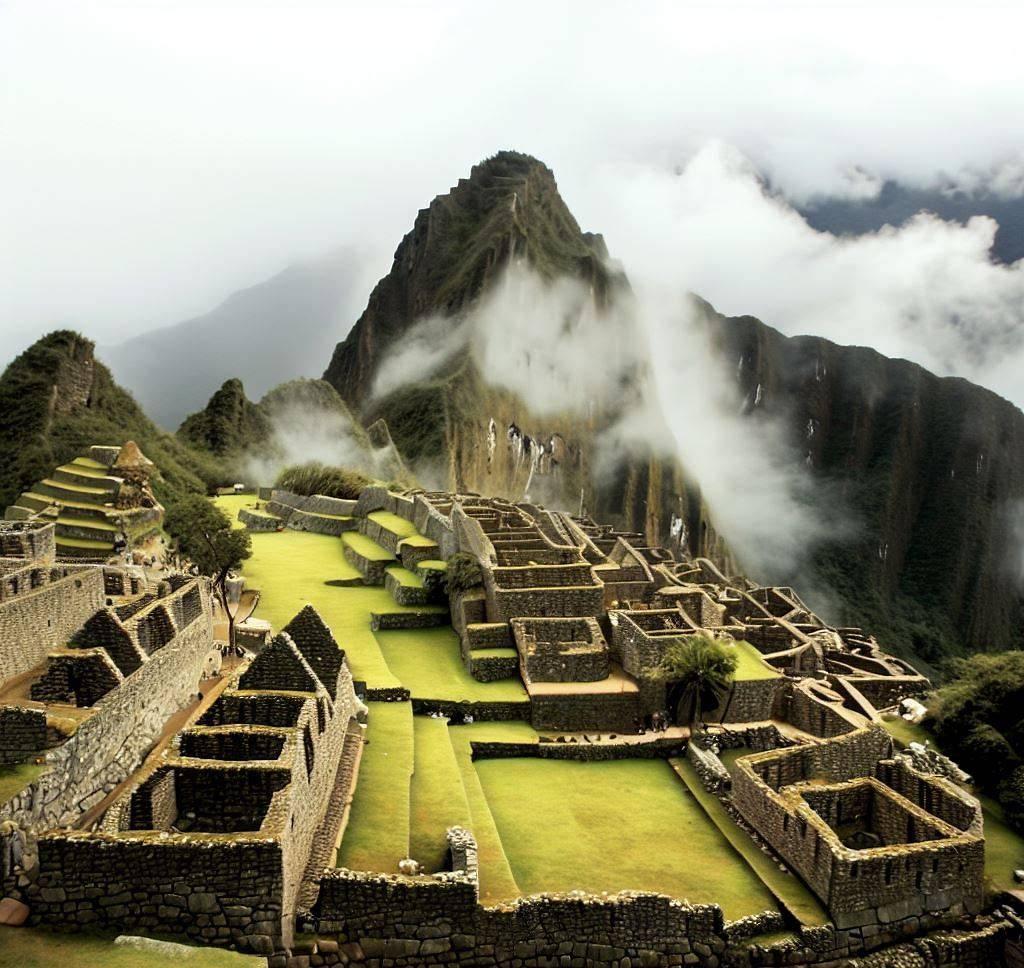
Machu Picchu is one of the world’s most fascinating and mysterious archaeological sites. Located in the Andes Mountains of Peru, it was a royal estate and a sacred religious site for the Inca civilization. It ruled much of South America from the 15th to the 16th century.
The Inca built Machu Picchu with remarkable engineering skills, carving stone blocks that fit together perfectly without mortar and creating terraces, fountains, temples, and palaces on a steep mountain ridge. They also developed a sophisticated system of agriculture, astronomy, and mathematics.
However, Machu Picchu was abandoned by the Inca around the time of the Spanish conquest in the 1530s. The Spanish never found the hidden city, which remained unknown to the outside world for centuries.
It was only in 1911 that an American explorer named Hiram Bingham rediscovered Machu Picchu with the help of a local farmer.
Bingham was amazed by the beauty and mystery of the ancient ruins, and he brought international attention to them through his publications and photographs.
Today, Machu Picchu is a UNESCO World Heritage Site and a popular tourist destination. Hundreds of thousands of visitors visit annually to admire its stunning architecture and scenery and learn about its rich history and culture.
Machu Picchu is also considered a sacred place by many Peruvians, who believe it is connected to the spiritual powers of nature. Machu Picchu remains a source of wonder and inspiration for people around the world who marvel at the secrets and achievements of the Inca civilization.
Lost Civilization of Atlantis: Legend or Reality?
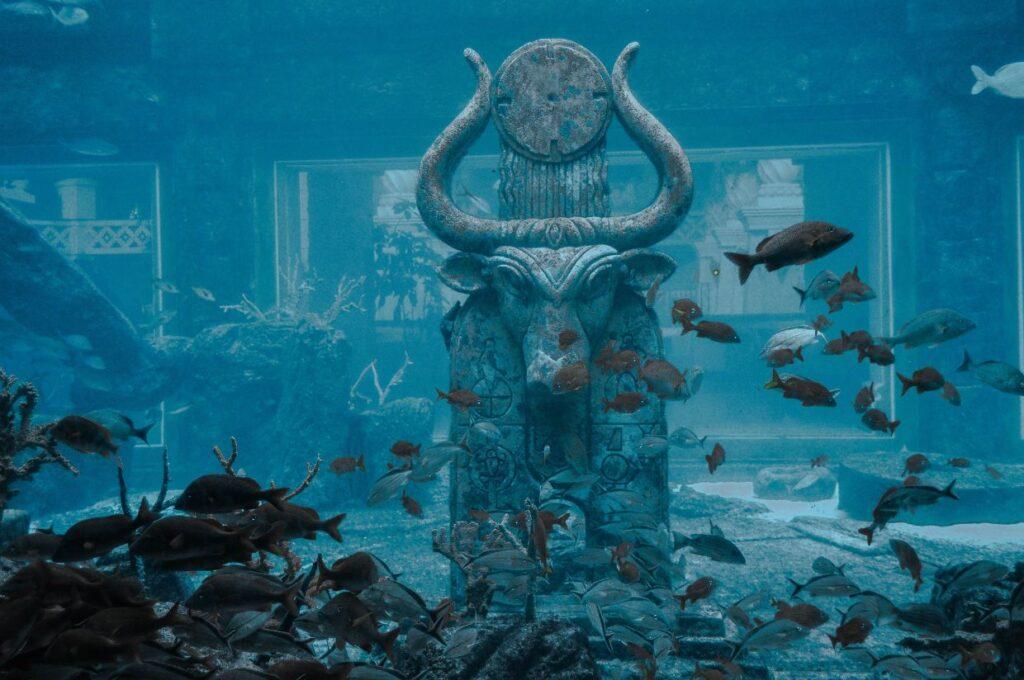
Plato, a Greek philosopher, wrote about Atlantis, a lost city that sank into the ocean around 9,600 BCE. He said it was a powerful and advanced kingdom that ruled many lands and islands. Plato also used it as a moral and political example. He claimed he got the story from ancient Egyptian records.
However, many scholars think Plato made up Atlantis or changed some details because no other ancient source mentions it, and his story has many problems.
Many people have tried to find Atlantis since the 19th century. They have used different evidence, such as geography, geology, archaeology, history, mythology, and folklore.
Some popular theories say Atlantis was based on the Minoan civilization in Crete and Thera, destroyed by a volcano around 1600 BCE, or the Sea Peoples invasion, which caused chaos in the eastern Mediterranean around 1200 BCE.
Other theories put Atlantis in places like Antarctica, America, Africa, Europe, and Asia. Some even say Atlantis was from another planet or dimension.
There is no clear answer to whether Atlantis was real or not. Some people believe it was a historical civilization that influenced other cultures. Others think it was a fiction or a myth created by Plato. Atlantis is still a mystery and a fascination for many people.
The Enigmatic Nazca Lines of Peru
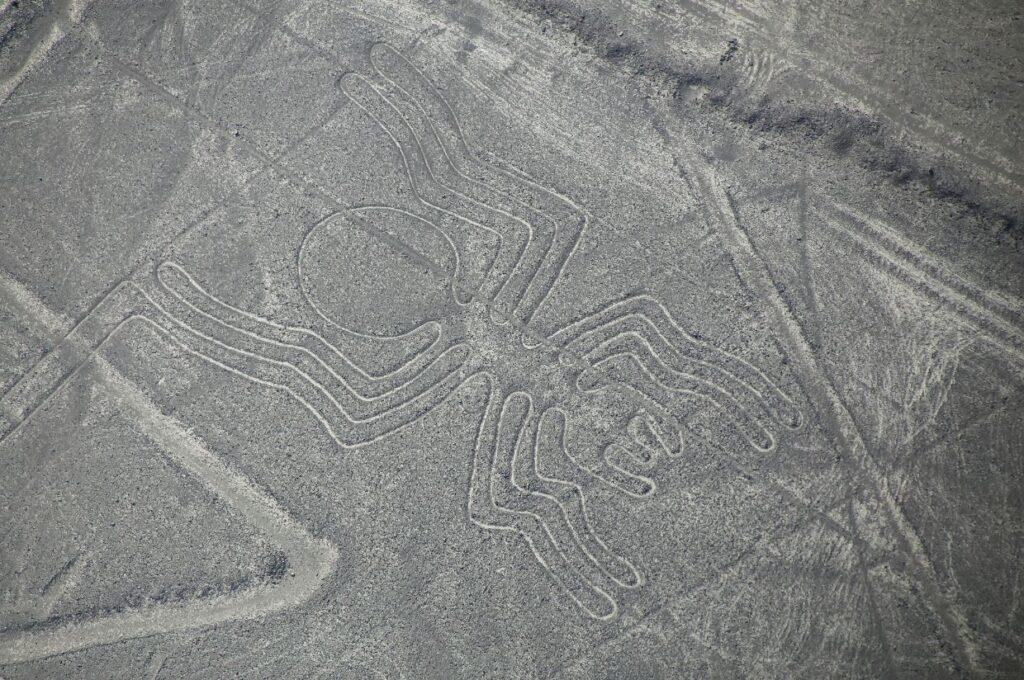
The Nazca Lines are massive geoglyphs—patterns or images carved into the ground—in the Peruvian coastal plain, about 400 kilometers south of Lima. They were made by the Nazca culture, an ancient South American civilization, from around 100 B.C. to A.D. 700.
The Nazca Lines show different plants, animals, shapes, and scenes, some as long as 370 meters. They are best seen from the air because they are tremendous and complex.
The Nazca Lines are very mysterious and exciting. Researchers have studied them for over 80 years but still need to learn why they were made. Some possible reasons are:
- They were for religious or ceremonial purposes, maybe to honor water, fertility, or the gods.
- They were for astronomical or calendrical purposes, to follow the sun, moon, stars, and planets.
- They were for geographical or navigational purposes, to show where water sources, settlements, or trade routes were.
- They were for artistic or cultural purposes, to express the Nazca people’s culture and identity.
The Nazca Lines are also controversial and curious because some people have other ideas about them. For example, some think that the Nazca Lines were made by or for aliens, who used them as landing pads or messages. But there needs to be proof for these ideas.
The Nazca Lines are a UNESCO World Heritage Site and a tourist attraction. But they are also in danger from natural and human causes, such as erosion, earthquakes, floods, vandalism, and development. So, saving and protecting this extraordinary and mysterious cultural heritage for the future is vital.
Ancient Egyptian Pyramids: Engineering Marvels or Divine Creations?
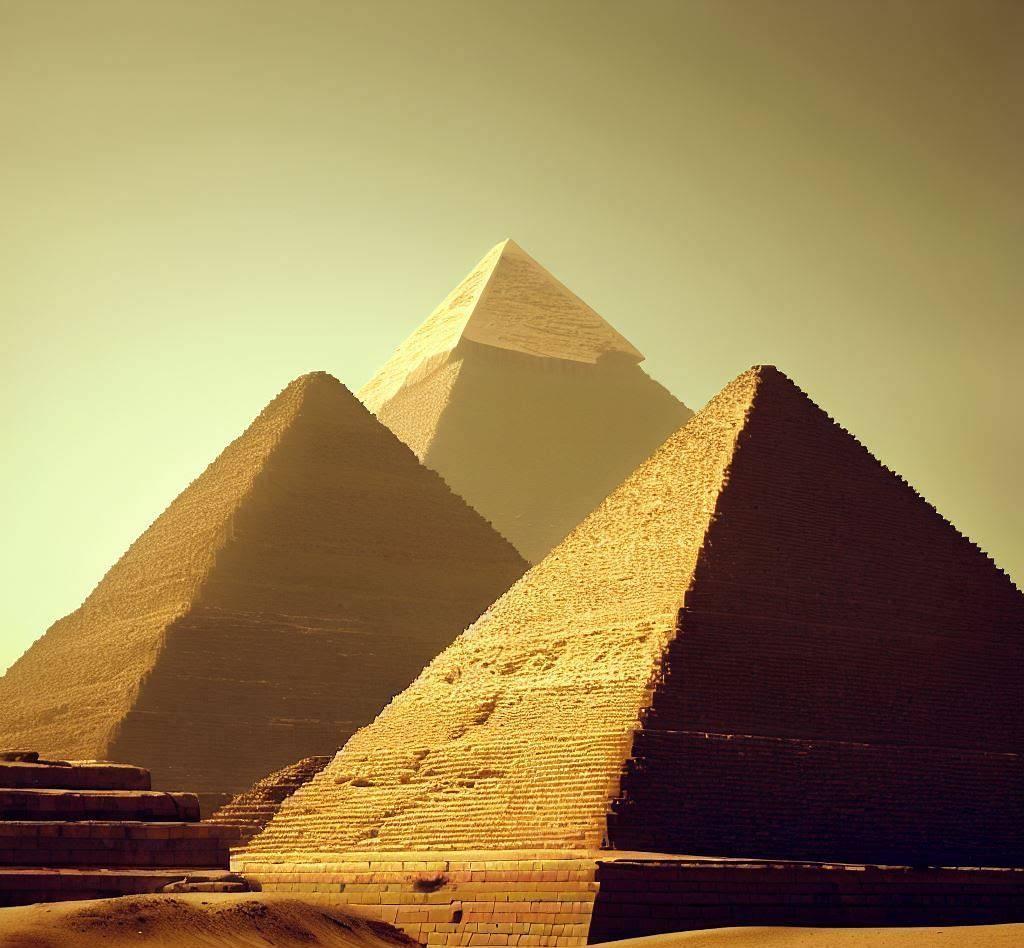
The ancient Egyptian pyramids are some of human history’s most impressive and mysterious structures. The ancient Egyptians built them as tombs for their kings and queens, who were believed to be divine and immortal.
The pyramids were designed to protect the rulers’ bodies and spirits and provide them with everything they would need in the afterlife. They also reflected the power and glory of the Egyptian civilization, which was one of the richest and most influential in the world at that time.
The pyramids were constructed with remarkable engineering skills and techniques, still admired and studied today. The Egyptians used vast blocks of stone, some weighing up to 15 tons, which were cut, transported, and fitted together with great precision and accuracy.
They also used mathematical and astronomical knowledge to align the pyramids with the cardinal directions and the stars.
The largest and most famous pyramid is the Great Pyramid of Giza, built for King Khufu around 2560 BCE. It is about 147 meters high and covers an area of 13 acres. It was the tallest building in the world for over 3,800 years.
However, the pyramids were not only engineering marvels but also divine creations. The Egyptians believed the pyramids were sacred and connected to the gods, especially the sun god Ra. The shape of the pyramid symbolized the rays of the sun, which helped the king’s soul ascend to heaven.
The pyramids were also part of a complex religious system, which included temples, priests, rituals, offerings, and spells. The pyramids were meant to ensure the eternal life and happiness of the rulers, who were seen as mediators between the gods and humans.
Therefore, the ancient Egyptian pyramids are both engineering marvels and divine creations. They represent the achievements and beliefs of a remarkable civilization that left a lasting legacy in world history and culture.
The Intriguing Moai of Easter Island
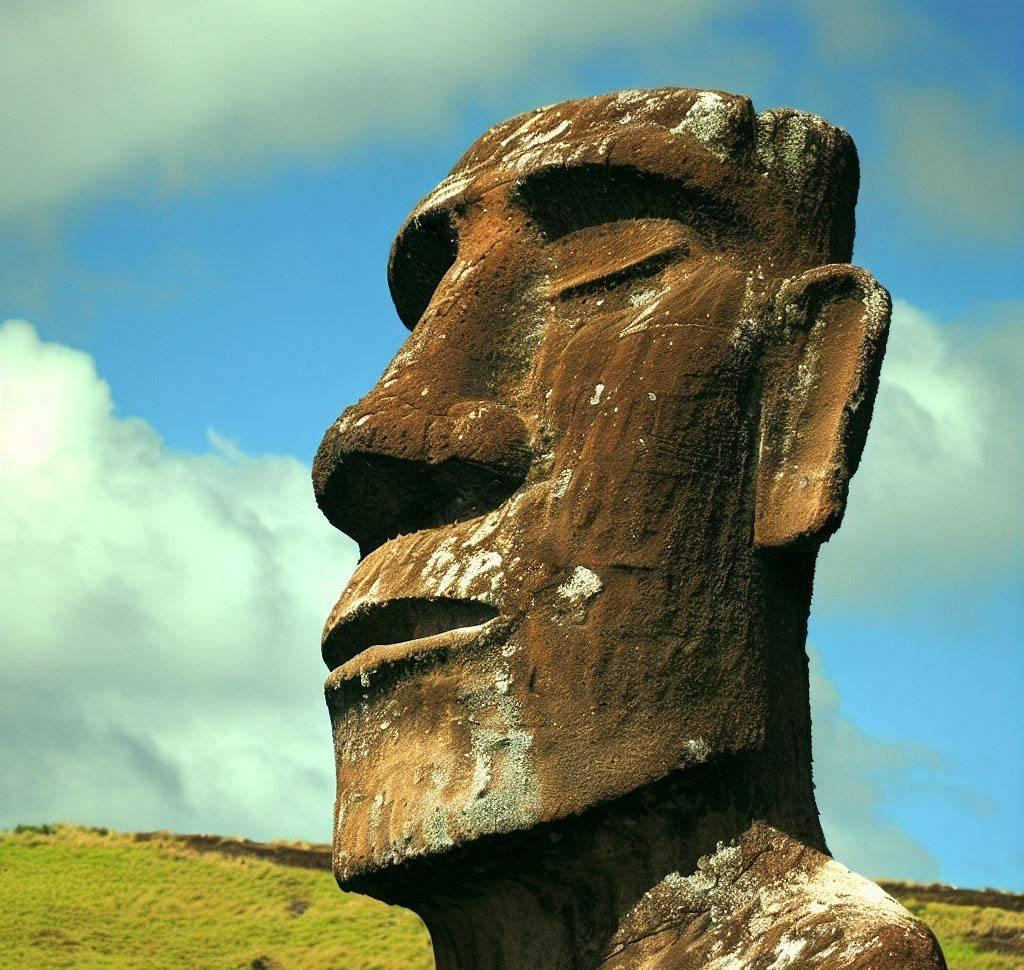
The moai are substantial stone statues of people that the Rapa Nui people made on Easter Island, a faraway island in the Pacific Ocean that is part of Chile. They show how artistic, religious, and skilled the Rapa Nui culture was.
The moai were carved from volcanic rock, mainly from Rano Raraku, between 1250 and 1500 CE. There are over 900 moai on the island, with an average size of 4 meters and 12.5 tons.
Some moai are more significant, like Paro, which is 10 meters and 82 tons. The moai have big heads, broad noses, thin lips, long ears, and no legs. They also have eyes made of coral or other things.
The moai were put on stone platforms called ahu, usually near the coast. They looked inland, except for seven that looked at the sea. The moai were the ancestors of the Rapa Nui people, who thought they were divine and immortal.
They were supposed to protect and help their descendants and give them good things. The moai were also part of a complicated religious system with temples, priests, rituals, offerings, and spells.
The moai were knocked down and broken in the late 1700s and early 1800s because of earthquakes, wars, Europeans, or a woman with powers. Many moai have been fixed and put up again by archaeologists and locals.
The moai are a UNESCO World Heritage Site and a tourist attraction. They are also absorbing and mysterious for many people, who wonder how they were made, moved, and used by the Rapa Nui people.
We have reached the end of our journey through lost worlds and enigmatic civilizations. We have learned to appreciate the mysteries of the past. These ancient cultures have left us with incredible ruins, fascinating legends, and a deep sense of wonder. We may never know all their hidden secrets, but we are curious and eager to learn more about these Lost Worlds. As we discover these lost worlds, let us be inspired to value the wonder and complexity of our world’s ancient civilizations and to keep their legacies alive for the future. Enjoy your exploration of these Lost Worlds.
Also, Explore: Solo Travel: 10 Incredible USA Destinations
